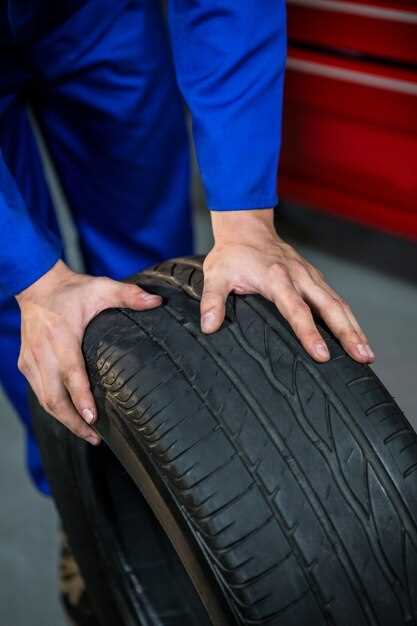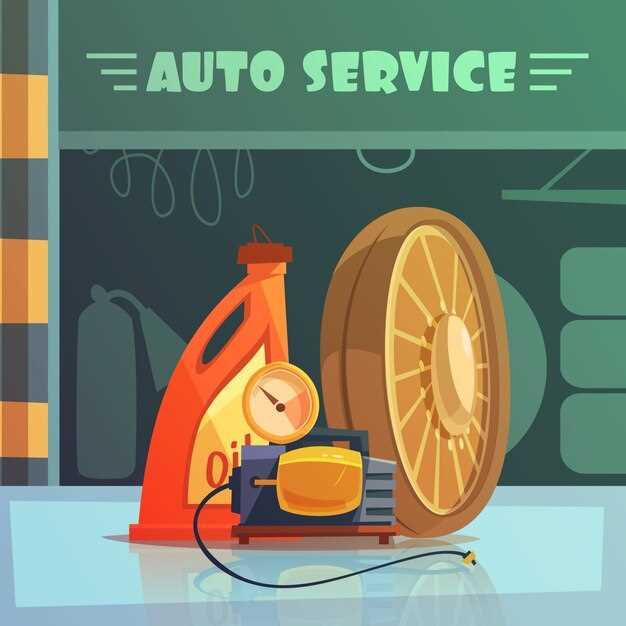
In the quest for enhanced fuel efficiency, the choice of tires plays a crucial role. Not only do they impact the overall performance and handling of a vehicle, but the right tires can also significantly reduce rolling resistance, leading to better gas mileage. Understanding the key characteristics that contribute to fuel-efficient tires will help drivers make informed decisions.
Rolling resistance is one of the most critical factors affecting fuel consumption. Tires designed with lower rolling resistance require less energy to move, directly translating to improved fuel efficiency. Manufacturers have developed specialized compounds and tread designs that minimize drag and enhance performance without compromising safety.
Additionally, tire pressure is vital for maximizing fuel efficiency. Under-inflated tires not only decrease mileage but also increase wear and tear. Regular maintenance and adherence to the recommended tire pressure can further optimize the advantages offered by fuel-efficient tire options. This article will explore the best tire choices available on the market, focusing on their unique features and benefits that contribute to a greener driving experience.
Understanding Tire Specifications for Better Mileage
To maximize fuel efficiency, it is essential to understand various tire specifications that directly influence mileage. Each specification plays a crucial role in how a vehicle interacts with the road, impacting both performance and fuel economy.
First, tire width is a significant factor. Wider tires often provide better grip but can create more rolling resistance, leading to decreased fuel efficiency. Selecting tires with a narrower width can help reduce drag and enhance mileage, especially for highway driving.
The aspect ratio, which reflects the tire’s height relative to its width, also affects fuel efficiency. A lower aspect ratio usually results in a stiffer sidewall, improving handling but potentially increasing fuel consumption. Tires with a higher aspect ratio may offer better comfort and lower rolling resistance, which can be beneficial for fuel economy.
Tire construction type, such as radial or bias-ply, also impacts performance. Radial tires are more common and typically offer less rolling resistance, which translates to better fuel efficiency. Understanding the construction type can guide consumers toward more economical choices.
Furthermore, tread design is critical in fuel efficiency. Tires with a more streamlined tread pattern minimize rolling resistance and enhance fuel economy. Features like shallower grooves and less aggressive tread can improve mileage significantly, especially on well-maintained roads.
Another important specification is the tire’s pressure rating. Proper tire inflation is vital; under-inflated tires increase rolling resistance, leading to poor fuel economy. Regular monitoring and maintaining optimal tire pressure can yield noticeable mileage improvements.
Finally, the tire’s load index and speed rating should not be overlooked. Over-specifying these can lead to unnecessary weight and rolling resistance. Choosing a tire appropriate for your vehicle’s specifications ensures optimal performance and efficiency.
In summary, understanding tire specifications such as width, aspect ratio, construction type, tread design, pressure rating, load index, and speed rating is key in selecting tires that maximize fuel efficiency. Careful consideration of these factors can lead to significant improvements in mileage and cost savings over time.
Comparing Popular Low Roll Resistance Tire Models

When it comes to enhancing fuel efficiency, low rolling resistance tires play a pivotal role. Among the various options available on the market, a few models stand out due to their performance and efficiency. Here, we compare some of the most popular low rolling resistance tire models based on key factors such as performance, durability, and fuel economy benefits.
The Michelin Energy Saver A/S is well-regarded for its superior fuel efficiency and comfort. Its unique tread design minimizes rolling resistance while providing excellent heat dissipation, enhancing both performance and tread life. Users often report noticeable improvements in fuel economy, making it a favorite among environmentally conscious drivers.
Another notable option is the Goodyear Assurance Fuel Max. This tire combines low rolling resistance technology with a sturdy design optimized for all-season performance. The Fuel Max is engineered to provide a balance of efficiency and grip, making it suitable for various driving conditions. Additionally, its Wear Control Technology helps extend the tire’s lifespan, offering good value over time.
The Bridgestone Ecopia EP422 Plus emerged as a strong competitor, emphasizing sustainability without sacrificing performance. This model incorporates an advanced tread compound that reduces rolling resistance dramatically. It is particularly praised for its quiet ride and enhanced wet traction, which is essential for safe driving in diverse weather conditions.
For those seeking high-performance characteristics, the Continental TrueContact is a compelling choice. It utilizes an eco-friendly tread compound designed to reduce rolling resistance while simultaneously improving grip and handling. The TrueContact tires are known for their impressive mileage warranty and balanced performance in both dry and wet conditions, making them ideal for a range of vehicles.
Lastly, the Pirelli Cinturato P7 All Season is recognized for delivering a comfortable ride with eco-friendly benefits. Its innovative design promotes low rolling resistance and reduced fuel consumption, while the tread pattern ensures good handling and stability. The P7 offers excellent mileage efficiency, making it a solid option for drivers looking to maximize their fuel savings.
In summary, selecting the right low rolling resistance tire involves weighing various attributes suited to personal driving needs. Each of these models provides notable fuel efficiency advantages paired with unique features that cater to different preferences, ranging from comfort to performance. Drivers interested in cost-effective solutions for improved fuel economy will find these options effective and reliable.
Maintenance Tips to Optimize Tire Performance and Fuel Economy

Maintaining your tires is crucial for maximizing performance and fuel efficiency. Here are several tips to help you achieve optimal tire condition.
1. Regular Air Pressure Checks: Keeping tires inflated to the manufacturer’s recommended pressure significantly impacts fuel economy. Under-inflated tires increase rolling resistance, leading to decreased efficiency. Check air pressure at least once a month and before long trips.
2. Tire Rotation: Regularly rotating your tires promotes even wear, enhancing their lifespan and maintaining fuel efficiency. Follow the rotation schedule recommended in your vehicle’s manual, typically every 5,000 to 7,500 miles.
3. Alignment and Balancing: Proper wheel alignment and balancing are essential for minimizing friction on the road. Misalignment can lead to uneven tire wear and reduced fuel efficiency. Have your alignment checked at least once a year or whenever you notice uneven tire wear.
4. Tread Depth Monitoring: Adequate tread depth is essential for maintaining traction and efficiency. Use a penny test to check tread depth; if you can see the top of Lincoln’s head, it’s time to replace your tires. Tires with insufficient tread can negatively impact fuel consumption.
5. Visual Inspections: Regularly inspect your tires for signs of damage, such as cracks, bulges, or foreign objects lodged in the tread. Addressing these issues promptly can prevent costly repairs and maintain fuel efficiency.
6. Minimize Load: Excess weight in your vehicle increases rolling resistance and decreases fuel efficiency. Remove unnecessary items from your trunk or cargo area to keep the load as light as possible.
7. Choose Low Rolling Resistance Tires: When purchasing new tires, consider choosing options specifically designed for low rolling resistance. These tires can improve fuel efficiency while still providing safety and performance.
8. Driving Habits: Your driving style affects tire performance and fuel economy. Avoid aggressive acceleration and braking, and maintain a steady speed whenever possible. Smooth driving can help extend tire life and improve your vehicle’s efficiency.
Implementing these maintenance tips will not only enhance your tire performance but also contribute to better fuel economy, ultimately saving you money at the pump.





